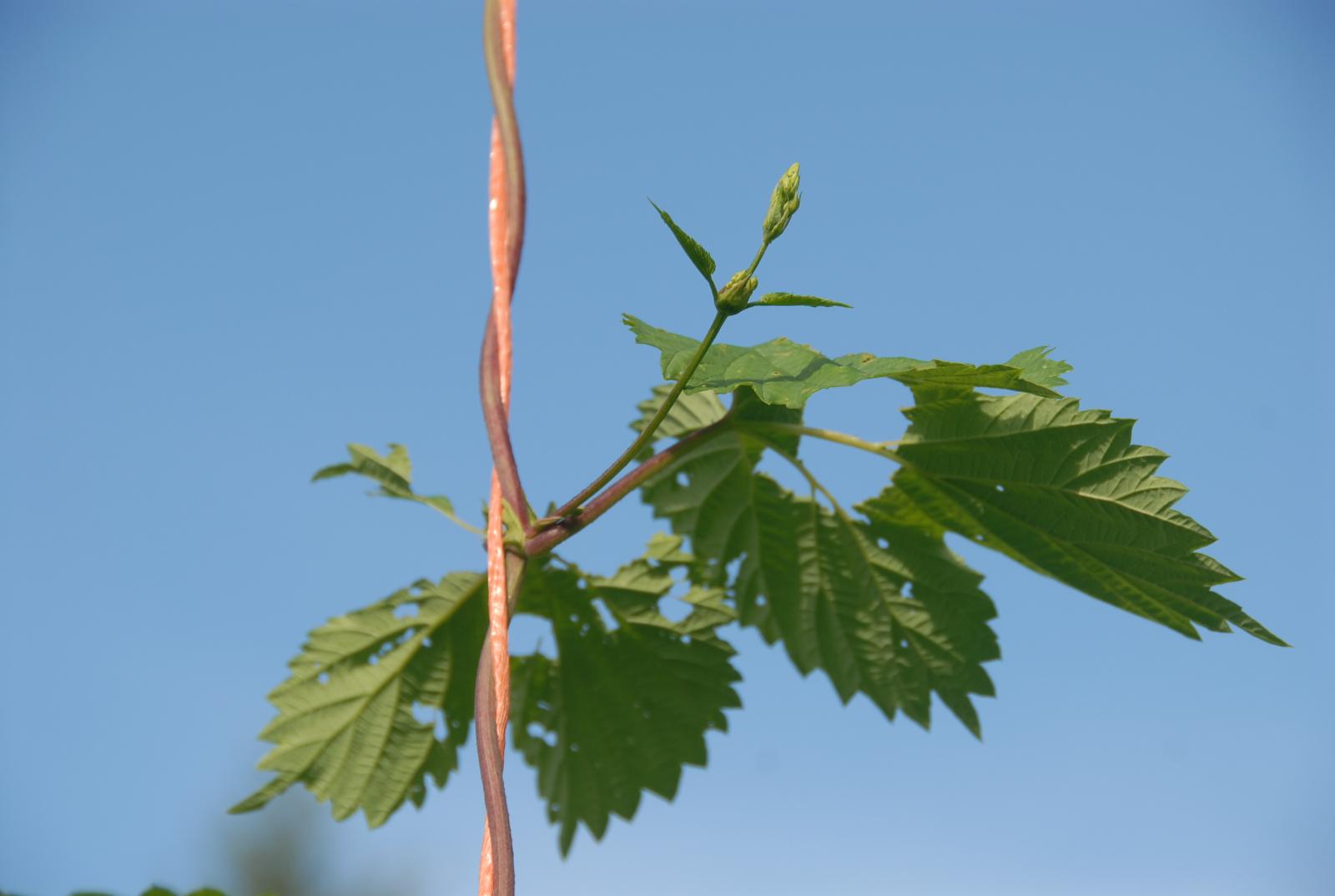kilohertz
Well-Known Member
Hi Guys,
Been a crazy early summer and little time has been spent in the hop yard. As a result, weeds are tall, things are unkempt and it's looking shabby, but growing like crazy.
I discovered that 4 of my transplanted heritage hops looks completely different than every other plant I have (135). I am guessing these are males, and haven't opened yet. I have 10 other varieties in the yard and don't want to create any oddball creatures. What is my best course of action? Yank em out buy the roots and burn them? Let them grow, harvest the seeds in the fall and then nuke the plants, storing the seeds for someone who wants to play with hybrids?
My first exposure to males. Help please.
Cheers
Here they are. Top picture is my guess the male, the lower one is 1 plant out of the 4 I planted of the same variety, which looks to be "normal" female, old heritage hops from the 1900's.


Been a crazy early summer and little time has been spent in the hop yard. As a result, weeds are tall, things are unkempt and it's looking shabby, but growing like crazy.
I discovered that 4 of my transplanted heritage hops looks completely different than every other plant I have (135). I am guessing these are males, and haven't opened yet. I have 10 other varieties in the yard and don't want to create any oddball creatures. What is my best course of action? Yank em out buy the roots and burn them? Let them grow, harvest the seeds in the fall and then nuke the plants, storing the seeds for someone who wants to play with hybrids?
My first exposure to males. Help please.
Cheers
Here they are. Top picture is my guess the male, the lower one is 1 plant out of the 4 I planted of the same variety, which looks to be "normal" female, old heritage hops from the 1900's.
























































![Craft A Brew - Safale BE-256 Yeast - Fermentis - Belgian Ale Dry Yeast - For Belgian & Strong Ales - Ingredients for Home Brewing - Beer Making Supplies - [3 Pack]](https://m.media-amazon.com/images/I/51bcKEwQmWL._SL500_.jpg)



